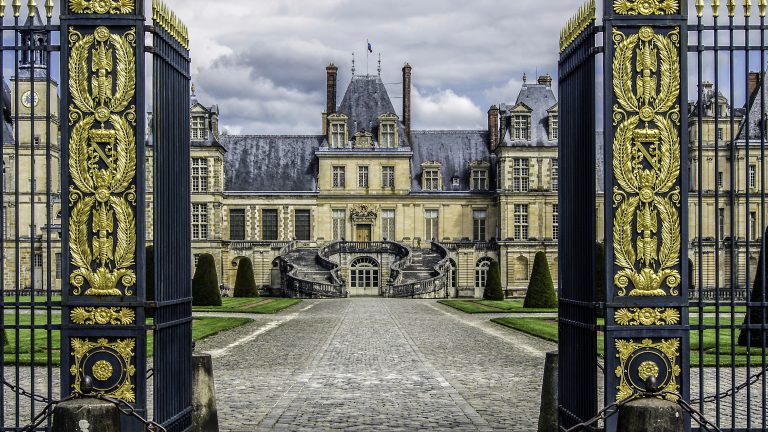Fontainebleau : the True Home of Kings
Just a stone’s throw from the capital, Fontainebleau is a favourite weekend destination for Parisians looking to escape the hustle and bustle of the big city and to breathe in that fresh countryside air. If you have already visited #Fontainebleau this will come as no surprise, nestled in the centre of a tranquil forest it’s hard to believe that you’re only an hour from Paris. It is also home to #Kinderexchange HQ and when we’re not busy organising exchanges we enjoy discovering the hidden treasures and exploring the rich history and culture of our town.
Fontainebleau’s history boasts as many exciting tales as a BBC period drama, many of which revolve around the beautiful palace in the town centre. A former hunting lodge transformed into a one of the largest French royal châteaux, the Château de Fontainebleau served as the home to the kings and queens of France and witnessed many momentous historical events over the ages, even hosting Pope Pius VII (be it for an involuntary visit) during the French Revolution.

These days the Palace of Fontainebleau is open to the public, including its throne room, allowing you to immerse yourself in the extravagant and meticulous decoration and furnishings of the French monarchs. In every direction stretches innumerable gardens, courtyards and parkland, providing the perfect setting for enjoying a picnic or for basking in the splendour of French renaissance architecture.
Surrounded by forest, it’s easy to understand why Fontainebleau became « The True Home of Kings ». (Napoleon in Saint Helena)
Whilst the building has medieval origins, French Monarchs were later compelled to develop the site in order to benefit from the abundance of game in the surrounding forests. Although the eight centuries of sovereign residence in Fontainebleau have long since come to an end, the forest still plays host to a thriving population of game and other wildlife and the tradition of hunting is still practiced. In addition, the forest plays an important role in the history of mountaineering and is now known the world over for walking, horse riding, climbing, and mountain biking.
In order to make the most of the diversity of foliage and the extraordinary rock formations which comprise the unique landscapes of the forest, many walkers take to the « sentiers denecourts ». These walking paths, traced in the 19th century, were initially created to allow visitors to explore the massif. Now maintained by volunteers, these routes are signposted by blue marks on the rocks and trees along the route and guide visitors through areas of remarkable beauty throughout the forest. Although these footpaths are reserved for walkers, a myriad of trails and paths throughout the forest provide a source of adventure for mountain bikers and horse riders alike.
Choosing to view the forest from an entirely new perspective, climbers flock to #Fontainebleau from the world over to test their strength on the boulders of the forest and to make their mark in climbing history. Whilst Fontainebleau is celebrated among the climbing community for its powerful and technical style of climbing, it is also renowned for its accessibility and you certainly don’t need to be Tarzan to enjoy climbing here! Climbing circuits and painted onto the rocks and range from absolute beginner (marked in yellow) to world-class athlete, and offer an alternative way of exploring the forest.
To find out more about our charming town, you can visit Fontainebleau’s Tourist Information Website.
Written by Hati Whiteley for Kinder Exchange
